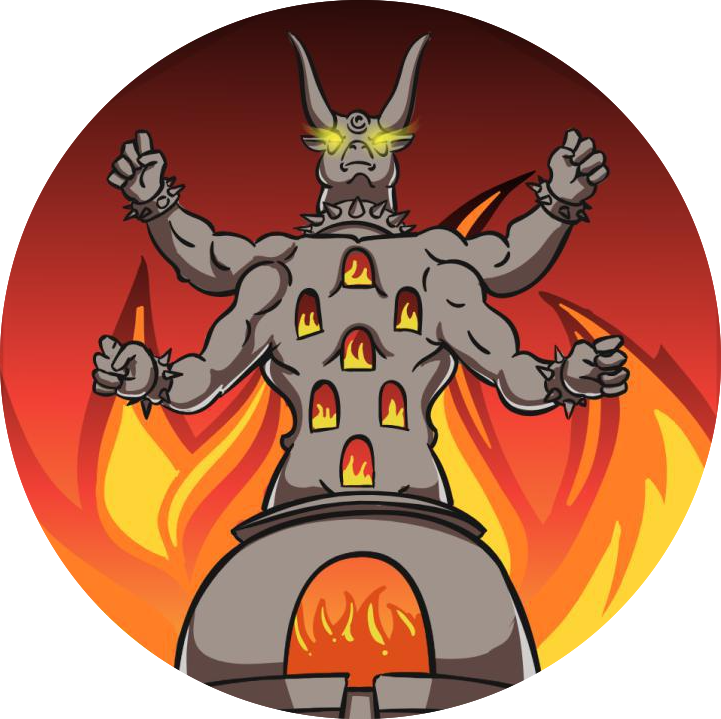# Public goods funding in Ethereum
---
## In blockchain communities, there are more public goods than private goods
* Open source client code
* Protocol research
* Documentation
* Community building
---
## How do we fund them?
---
## Two questions in funding public goods
1. Where does the money come from?
2. What mechanism decides who receives it?
---
## Where does the money come from?
* Individual donations
* Corporate donations (eg. Blockstream hiring Bitcoin core devs)
* One-time premine and/or presale (eg. Ethereum)
* Ongoing issuance and/or redirected fees (eg. Zcash)
---
## Thesis: public goods funding needs to be _long-term_ and _systematic_.
This means we need funding to come **not just from individuals**, but from **applications and/or protocols**
---
## What mechanism decides the recipients?
* Centralized small committee
* Quadratic funding
* Something else?
---
## MolochDAO

---
## Gitcoin Grants
<table><tr><td>

</td><td>

</td></tr></table>
---
## Retroactive funding
* Instead of funding projects in anticipation of future work, fund them in recognition of work done
* Investors could invest in public-good projects early, and also get rewarded when they succeed
---
## Optimism retro funding round

---
## The future of funding
* More large-scale application and layer-2 protocols on Ethereum funding public goods
* More work in non-coin-driven decentralized governance
* Ecosystems forming around these funding mechanisms, as people become more and more confident that they are here for the long term
{"metaMigratedAt":"2023-06-16T12:32:50.262Z","metaMigratedFrom":"YAML","title":"Public goods funding in Ethereum","breaks":true,"slideOptions":"{\"transition\":\"slide\",\"parallaxBackgroundImage\":\"https://i.imgur.com/kBNEMDJ.png\",\"parallaxBackgroundSize\":\"100% 100%\",\"parallaxBackgroundHorizontal\":0}","contributors":"[{\"id\":\"1d678dc3-c84d-4629-8c9b-69b6187e7a0b\",\"add\":4214,\"del\":2238}]"}